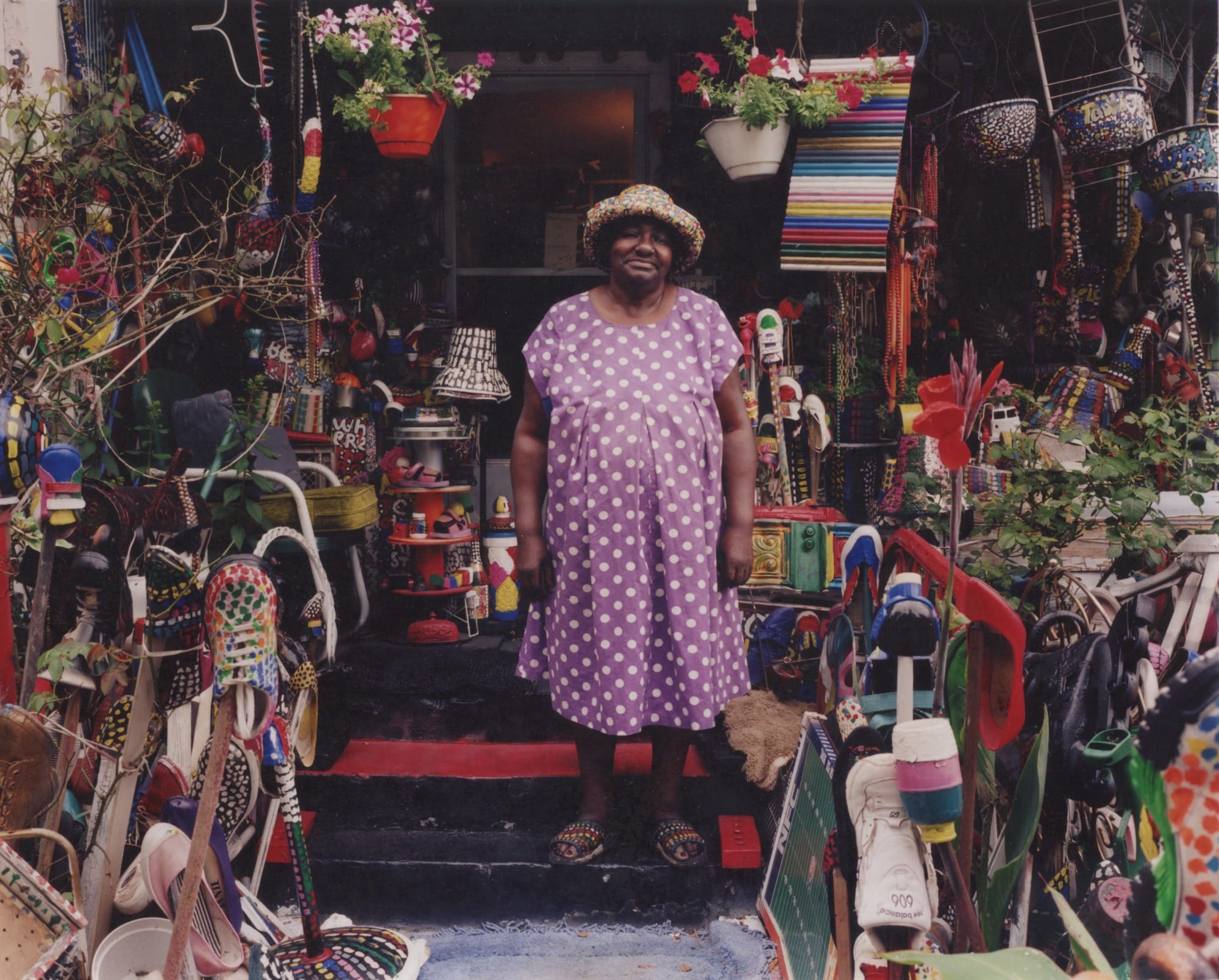In southeast Ohio, toxic drainage from abandoned coal mines has devastated streams and rivers. The acidic sludge, which is filled with heavy metals, leaches into waterways, destroying ecosystems and turning what should be clear, bluish waters into murky, rust-colored runs. In Athens, home of Ohio University, a Hocking River tributary known as Sunday Creek is a prime example of mining’s harmful effects, with more than two million pounds of iron oxide pouring into the stream each year A new documentary directed by Jason Whalen visits the area and the team vowing to clean it up.
“Toxic Art” follows an unconventional pairing of two Ohio University professors who have teamed up on a project that turns sludge from the stream into pigments for oil paint. A project of the global conservation organization Rivers are Life, the short film shares the story of artist John Sabraw and Guy Riefler, the chair of the Civil Engineering department, who have spent six years developing pigments using iron oxide they collected from the creek.
Riefler explains that conventional treatments are often cost-prohibitive, and so the pair decided that if they could create and sell a commercial product, they could fund clean-up efforts on their own. From there, they helped develop True Pigments, a collaborative project with Gamblin Artist Colors that uses proprietary technology to create vibrant pigments from the toxic material.
“We’ve been refining a process that can continuously treat acid mine drainage, restore a stream for aquatic life, and collect sustainably sourced iron pigment that can be sold offsetting operational costs,” Sabraw told Hyperallergic. “Based on our best estimates, we should be able to create jobs and produce a small profit, while eliminating a perpetual pollution source.”
While primarily comprised of volunteers manually harvesting and processing the materials, the multi-pronged project has now secured $3.5 million in funding to construct a True Pigments facility on the Appalachian site. Once that plant is running, Sabraw estimates that his team will be able to completely restore Sunday Creek, “remove over 6,000 lbs of iron… and theoretically produce 75,000 tubes of paint,” every day. Because that’s a staggering amount of material that would overwhelm the consumer market, the team plans to sell much of their future stock to industrial sources.
Watch “Toxic Art” above to see the innovative pollution-to-pigment pipeline in action, and purchase your own set of reclaimed materials from True Pigments.
Do stories and artists like this matter to you? Become a Colossal Member today and support independent arts publishing for as little as $5 per month. The article A New Documentary Follows the Ohio Environmentalists Making Paint from Toxic Mining Runoff appeared first on Colossal.


